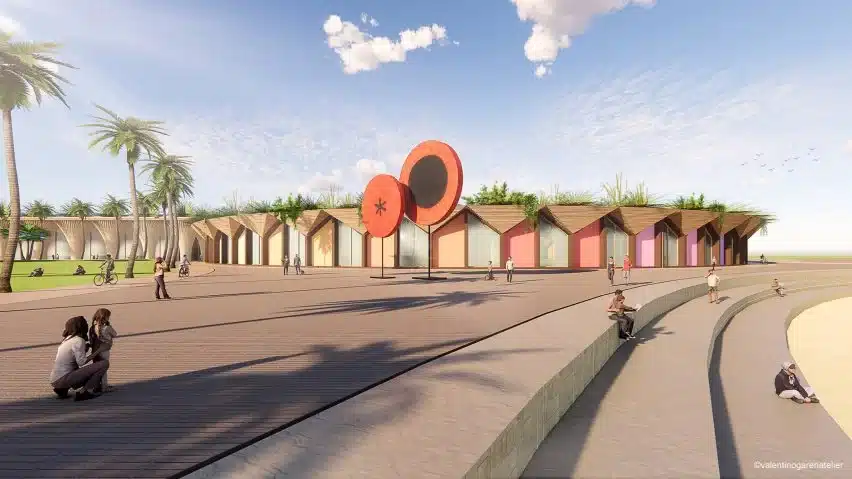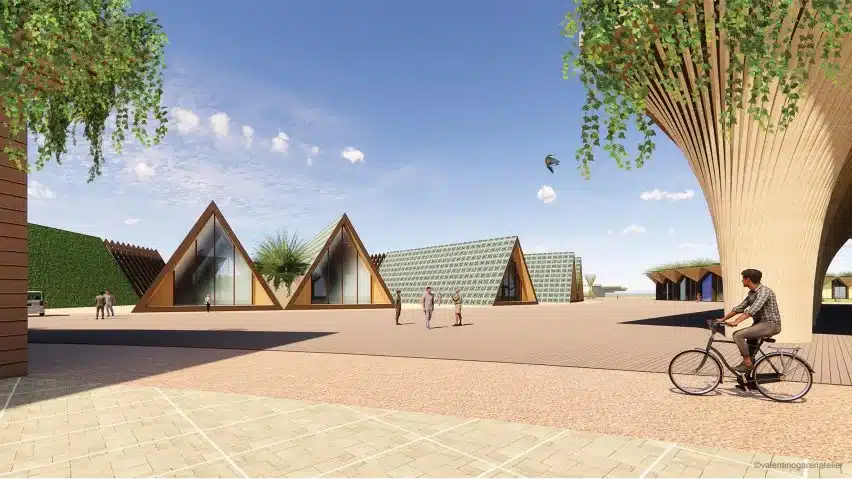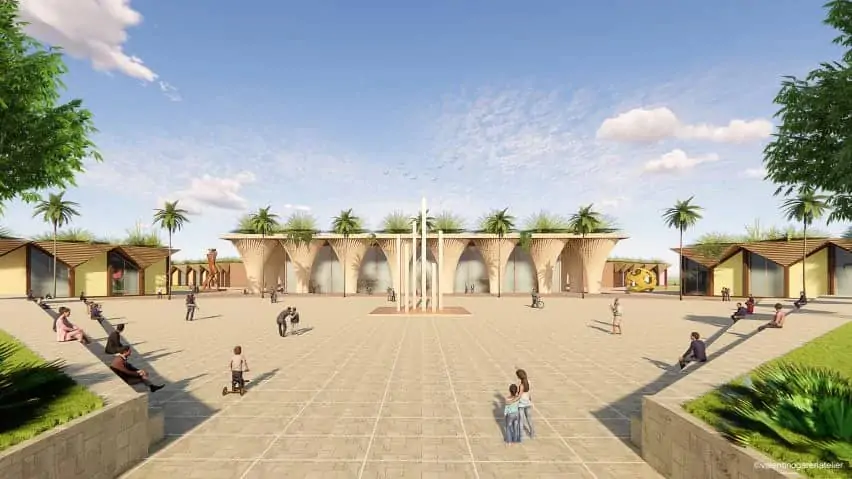The3D architecture: Among the examples, the largest residential neighborhood in the world 3D printed in Texas. And the materials? Far from the buildings of fairy tales, made with sweets, there are more and more projects that involve the construction of building complexes with food waste.
How about a village made… of cocoa? The Cacao Eco Village will be located on the coast of Manabi province in Ecuador. It is a place of excellence, where farmers live and work to produce cocoa butter.
Valentino Gareri Atelier designed it for the Ecuadorian chocolate manufacturer museum and for the non-profit organization NEXT: Construction is expected to begin this year.
Is living on cocoa wonderful?

Three different shaped housing modules will contribute to composing the urban planning of the village. They will take turns to form the whole village, and each of them will be 3D printed. The biofilaments that will be printed will come from cocoa shell waste left over from chocolate production.
The geometrically shaped modules will also include other local materials, such as bamboo and wood. They will be designed to create a self-sufficient village: water tanks will be integrated into the roofs: decorative, sure, but they will also collect rainwater.
“The buildings will be inspired by the many colorful Ecuadorian houses and the vibrant fruit of the cocoa trees,” he says the architectural firm with offices in New York and Sydney.
Willy Wonka, move away
The project, called Cacao Eco Village, will include a chocolate factory for cocoa processing, as well as an educational and research facility, co-working and co-living areas.
It will also be a tourist destination, a "beautiful and good" place. Cacao Eco Village will have an extensive network of cycle paths and pedestrian walkways that will encourage visitors and residents to experience the various amenities by bike or on foot.
There is no shortage, in the projects, of several charging stations for electric cars throughout the community, with cars and trucks authorized to circulate only in specific areas around the factory.
A Silicon Valley of the circular economy

This sustainable and smart infrastructure emerges as a solution to the environmental and social consequences of the cocoa industry using a circular economy strategy as a creative response to minimize environmental impact, generate more money, reduce resource dependency and waste.
“It will be the Silicon Valley for circular economy innovators,” he concluded.





